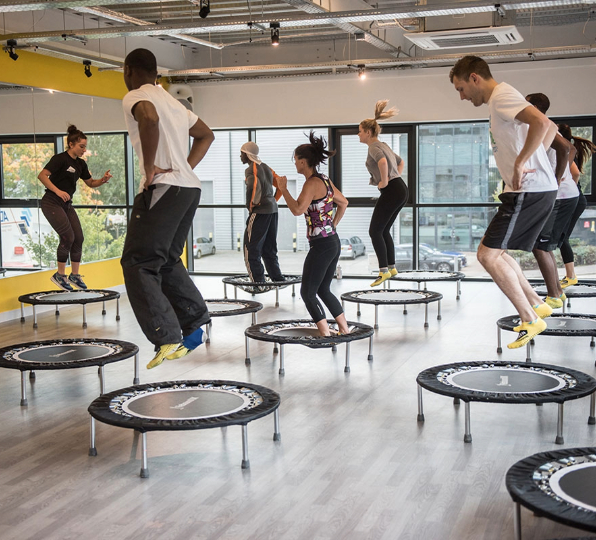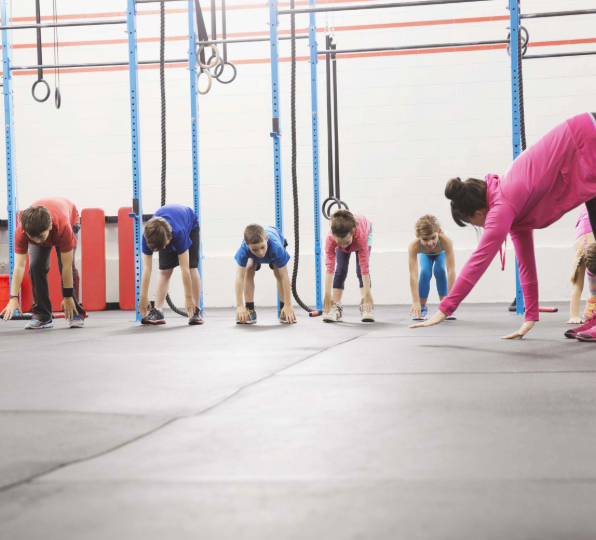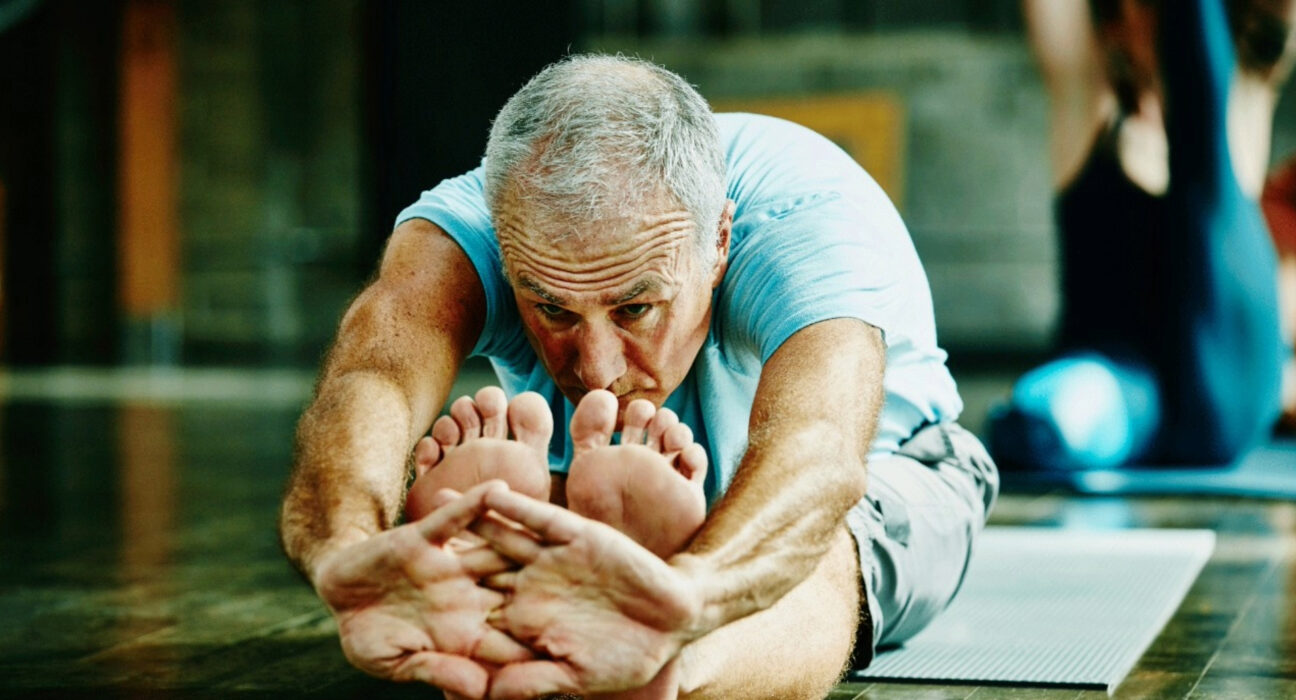Introduction:
Strength and flexibility are two essential components of physical fitness that contribute to overall health and well-being. Improving strength enhances muscle tone, increases metabolism, and supports functional movements, while flexibility enhances range of motion, reduces the risk of injury, and promotes relaxation. In this blog post, we’ll explore effective strategies and exercises for improving both strength and flexibility, helping you achieve a balanced and resilient body.
1.Tips for Improving Strength
Resistance Training: Incorporate resistance training exercises such as weightlifting, bodyweight exercises, or resistance band workouts into your routine. Focus on compound movements that target multiple muscle groups, such as squats, deadlifts, push-ups, and rows.
Progressive Overload: Gradually increase the intensity, volume, or resistance of your strength training workouts over time to challenge your muscles and promote strength gains. This could involve adding more weight, performing additional repetitions or sets, or trying more advanced variations of exercises.
Include Variety: Incorporate a variety of exercises that target different muscle groups to ensure balanced strength development. Include exercises for the upper body, lower body, and core, as well as functional movements that mimic everyday activities.
Focus on Form: Maintain proper form and technique during strength training exercises to prevent injury and maximize effectiveness. Start with lighter weights and master proper technique before increasing the resistance or intensity of your workouts.
Rest and Recovery: Allow adequate rest and recovery between strength training sessions to allow muscles to repair and grow stronger. Aim for at least 48 hours of rest between sessions targeting the same muscle groups.
2. Tips for Improving Flexibility
Dynamic Stretching: Incorporate dynamic stretching exercises into your warm-up routine to improve flexibility and mobility. Dynamic stretches involve moving through a range of motion gradually, such as leg swings, arm circles, or hip circles.
Static Stretching: Perform static stretches after your workouts or as part of a cool-down routine to increase flexibility and reduce muscle tension. Hold each stretch for 15-30 seconds, focusing on major muscle groups such as the calves, hamstrings, quadriceps, hips, chest, shoulders, and back.
Yoga or Pilates: Participate in yoga or Pilates classes to improve flexibility, balance, and core strength. These mind-body practices incorporate a variety of stretching exercises, poses, and movements that promote flexibility and relaxation.
Foam Rolling: Use a foam roller or massage ball to perform self-myofascial release techniques, targeting areas of tightness or tension in the muscles. Foam rolling helps break up adhesions and knots, improving flexibility and mobility.
Regular Practice: Consistency is key when it comes to improving flexibility. Aim to stretch regularly, ideally daily or at least several times per week, to see significant improvements in range of motion over time.
3.Additional Tips for Improving Strength
Functional Training: Incorporate functional training exercises that mimic real-life movements and activities, such as squats, lunges, overhead presses, and pulling motions. Functional training helps improve strength, stability, and coordination in everyday tasks.
Progressive Resistance: Gradually increase the resistance or weight used in your strength training exercises as you become stronger. This progressive overload principle stimulates muscle growth and adaptation, leading to continued strength gains over time.
Core Stability: Prioritize exercises that target the core muscles, including the abdominals, obliques, and lower back. A strong core provides a stable foundation for movement and helps prevent injuries by improving posture and balance.
Rest and Regeneration: Allow adequate time for rest and recovery between strength training sessions to prevent overtraining and promote muscle repair and growth. Aim for 7-9 hours of quality sleep each night to support recovery and optimize performance.
4.Additional Tips for Improving Flexibility
Active Stretching: Incorporate active stretching techniques that involve engaging the muscles opposite those being stretched to increase flexibility. Examples include the “leg swings” exercise for hamstrings and quadriceps or “arm circles” for shoulder flexibility.
Proprioceptive Neuromuscular Facilitation (PNF) Stretching: PNF stretching techniques involve contracting and relaxing the muscles being stretched to enhance flexibility. Partner-assisted PNF stretching or self-administered techniques can be effective for improving range of motion.
Mindful Breathing: Practice deep breathing and mindfulness techniques during stretching exercises to enhance relaxation and promote deeper stretching. Focus on slow, controlled breaths to help release tension and increase flexibility.
Regular Massage: Schedule regular massages or self-massage sessions using foam rollers, massage balls, or handheld massagers to alleviate muscle tightness and improve tissue mobility. Massage therapy can help release knots and adhesions, enhancing flexibility and reducing the risk of injury.
5.Additional Tips for Improving Strength
Cross-Training: Incorporate a variety of exercises and activities into your strength training routine to challenge different muscle groups and prevent plateaus. Cross-training can include activities like swimming, cycling, hiking, or participating in sports leagues.
Periodization: Implement a periodized training program that varies intensity, volume, and exercises over time to optimize strength gains and prevent overtraining. Periodization involves dividing training cycles into specific phases, such as hypertrophy, strength, and power, to target different aspects of muscular development.
Mind-Muscle Connection: Focus on engaging the target muscles during each exercise by consciously contracting and squeezing them throughout the movement. Developing a strong mind-muscle connection enhances muscle activation and recruitment, leading to more effective workouts and better results.
6.Additional Tips for Improving Flexibility
Progressive Stretching: Gradually increase the intensity and duration of your stretching exercises over time to gradually improve flexibility. Start with gentle stretches and gradually progress to deeper stretches as your muscles become more accustomed to the movements.
Post-Workout Stretching: Incorporate static stretching exercises into your cool-down routine following a workout to capitalize on the increased blood flow and muscle warmth, which can enhance flexibility and aid in recovery.
Hydration and Nutrition: Stay properly hydrated and maintain a balanced diet rich in nutrients to support muscle function and tissue repair. Adequate hydration and nutrition contribute to overall flexibility and can help prevent stiffness and muscle cramps.


Conclusion:
Improving strength and flexibility is essential for maintaining a healthy, resilient body that can perform daily activities with ease and efficiency. By incorporating a combination of resistance training, stretching exercises, and mindful movement practices into your routine, you can achieve a balanced and functional level of fitness that supports overall health and well-being. Remember to start gradually, listen to your body, and progress at your own pace to avoid injury and ensure long-term success. With dedication, consistency, and patience, you can strengthen and flex your way to a stronger, more flexible, and more resilient body that serves you well in all aspects of life.












